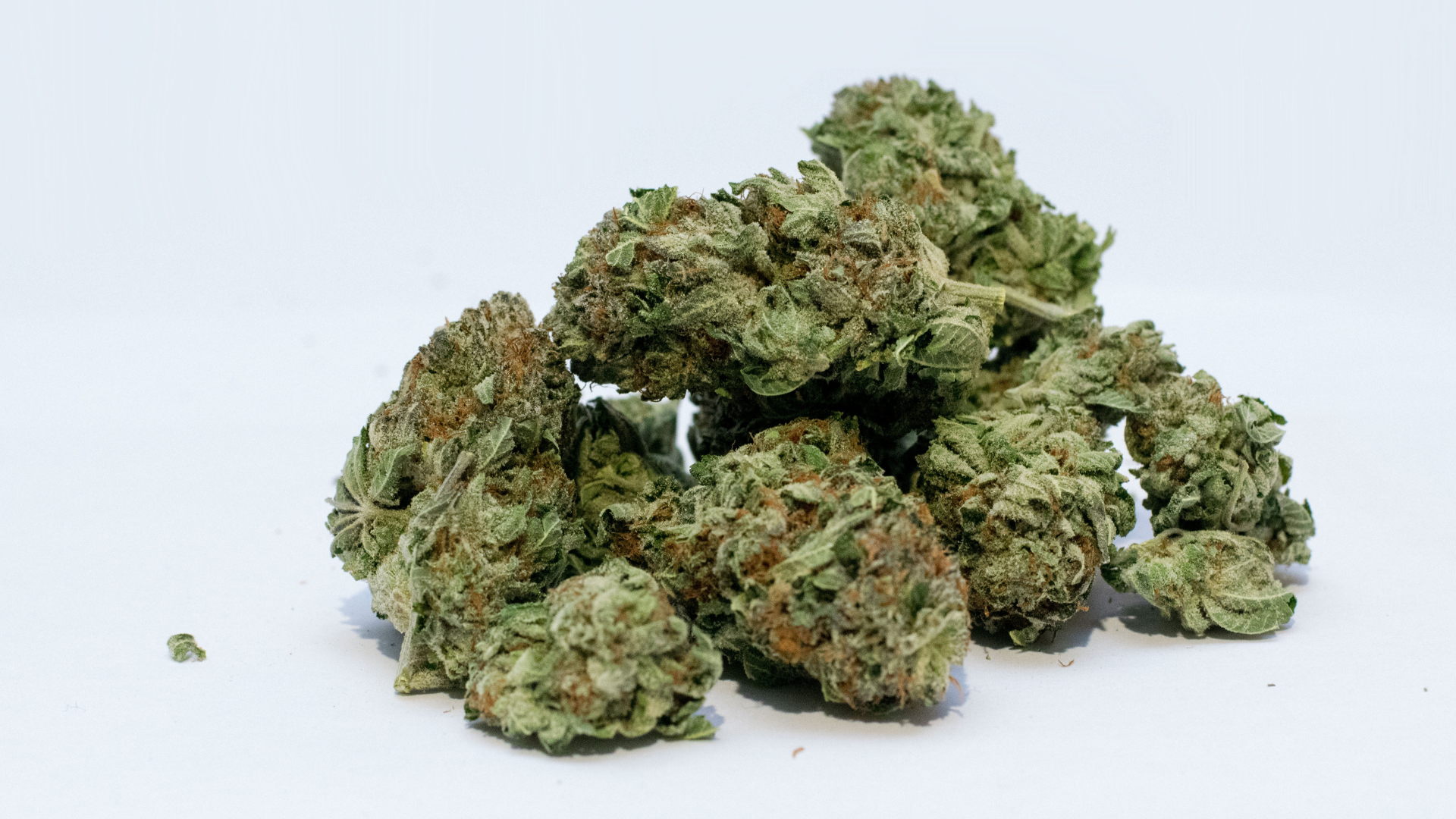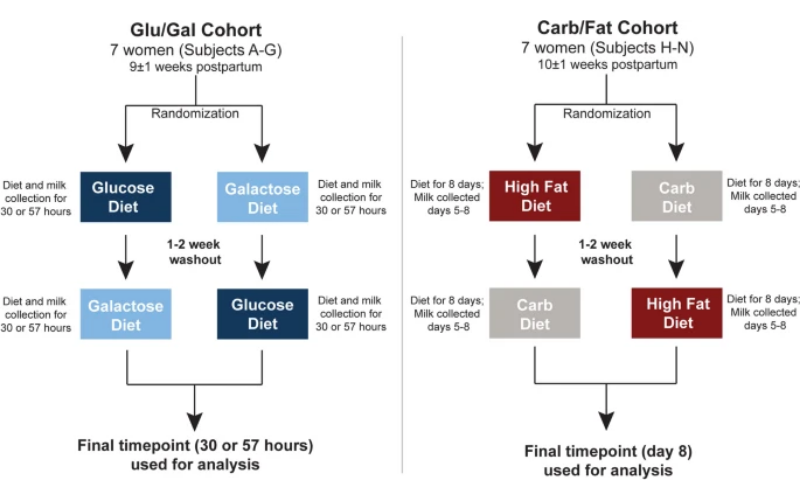Type a search + hit enter!

Human Milk Oligosaccharies (HMOs) are a hot topic in lactation right now. HMOs are a type of carbohydrate and many are indigestible to the infant but digestible to the bacteria that colonize the gut, facilitating growth of commensal bacteria. Additionally, HMOs may act as a decoy to pathogenic microbes, thus playing a role in infant […]
read more
latest post

read more
Human Milk Oligosaccharies (HMOs) are a hot topic in lactation right now. HMOs are a type of carbohydrate and many are indigestible to the infant but digestible to the bacteria that colonize the gut, facilitating growth of commensal bacteria. Additionally, HMOs may act as a decoy to pathogenic microbes, thus playing a role in infant immune protection. A recent study sought to determine if altering maternal diet could drive the HMO composition of human milk, and therefore influence the community and functional profile of the infant microbiome. The study utilized a crossover design. This study design is strong, as each participant serves as their own control. Participants were randomized into two treatment groups (Glu/Gal and Carb/Fat; see below figure). The researchers defined the carb diet as consuming 60% of calories from carbohydrates and a high fat diet as consuming 55% of calories from fat. Note: 60% of calories from carbohydrates is considered by most nutrition professionals as a healthy carbohydrate intake.
General Findings
-
The Gal diet significantly increased the total concentration of HMO-bound fucose and proportionately increased the inferred abundance of fucosidase (an enzyme expressed by bacteria in the microbiome)
-
A high fat diet (55% of calories) diet significantly reduced the total concentration of HMO-bound sialic acid when compared to a high carbohydrate (60% of calories) diet
-
The Gal diet and the high fat diet both increased concentrations of HMOs in individual participants when compared to their baseline
-
Diet did not impact any subject’s individual taxonomic composition of the milk microbiome (e.g. population make up)
-
Diet did alter which metabolic pathways were active in the human milk microbiome and to what extent they were activated
-
These metabolic changes are unlikely to have any clinical impact on the infant, as the quantity of substrates (e.g. proteins, carbohydrates) being synthesized is still very low in comparison to substrates of maternal origin
-
-
Certain fucosylated HMOs confer a growth advantage to Streptococcus spp. expressing the fucosidase enzyme
Authors speculate the growth advantage of the Streptococcus spp., encouraged by fucosylated HMOs may help with prevention of mastitis in the parent and promote Streptococcus proliferation in the infant GI tract. The authors original hypothesis seems to be supported – altering maternal diet can drive the HMO composition of human milk.
The changes the authors observe in this article support the current dietary recommendations of 45-65% of calories coming from carbohydrates and 20-35% of calories coming from fat. This is drawn from the data showing that HMO-bound sialic acid is increased when dietary carbohydrates make up 60% of daily calories. Additionally, this data suggests that inclusion of galactose as a carbohydrate source may play a role in the level of HMO-bound fucose, potentially interacting with and providing a growth advantage to Streptococcus spp bacteria. Galactose is a monosaccharide (single sugar molecule) that is found in dairy products and has a lower glycemic index than glucose (25 as compared to 100, respectively).
Existing literature suggests that a maternal high-fat diet is associated with gut microbiome changes in the infant (1). These changes may be associated with negative, long-term health outcomes in the infant, such as asthma and type 1 diabetes (2,3).
As a dietitian, I do not recommend high-fat (ketogenic) diets (or any diets for that matter), as any weight that is lost is likely to be regained unless a true dietary lifestyle (e.g. not restrictive) change occurs.

read more
Cannabinoids are a class of naturally occurring, biologically active molecules. Delta-9-tetrahydrocannabinol, more commonly known as THC, is a psychoactive cannabinoid found in marijuana – this is not produced in the human body. There are cannabinoids produced by the human body (endogenous cannabinoids) that act on the endocannabinoid system (ECS) to elicit neurological responses by binding […]
Get Your copy →
Cross the finish line with confidence.
Don't walk into your IBCLC exam nervous - with our comprehensive study guide in your back pocket, you'll be prepared for every scenario and question.
